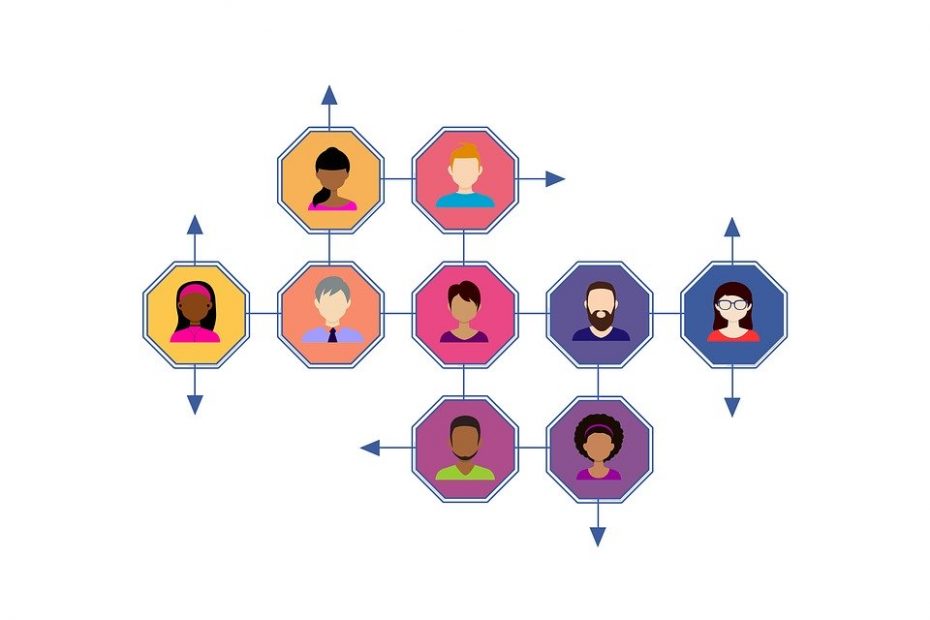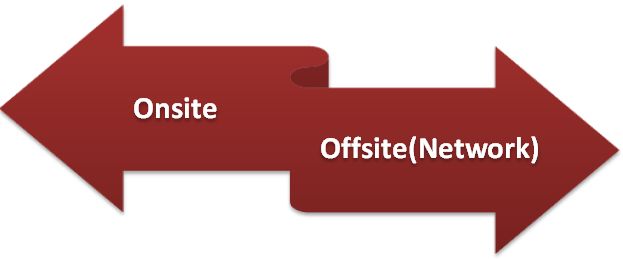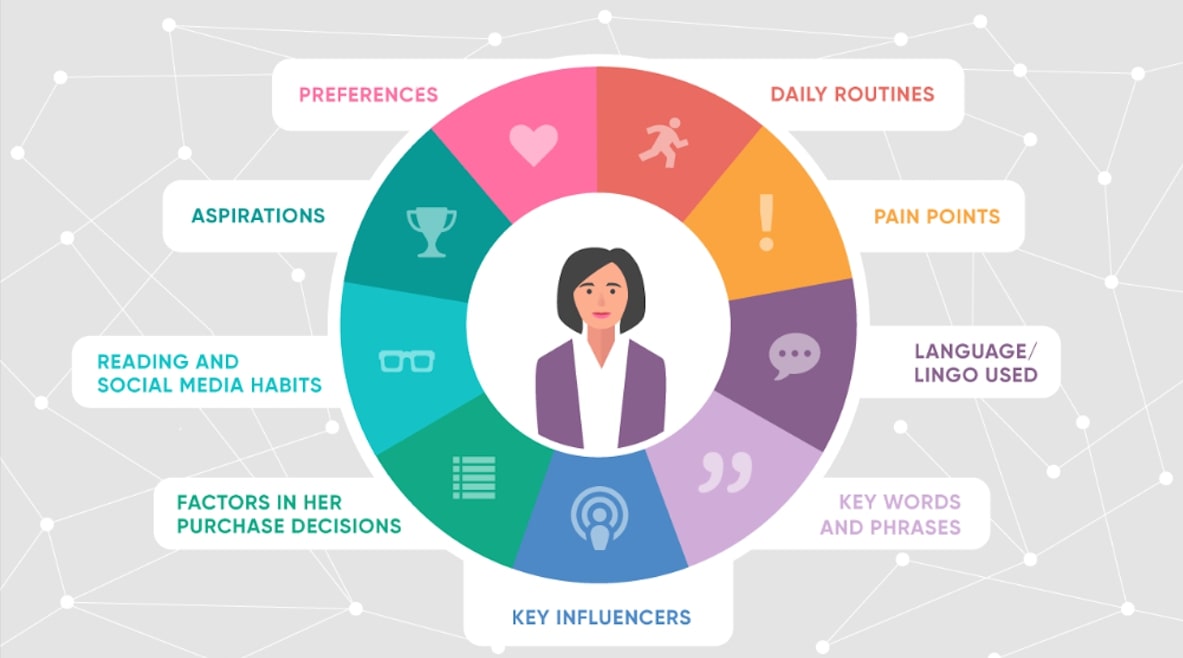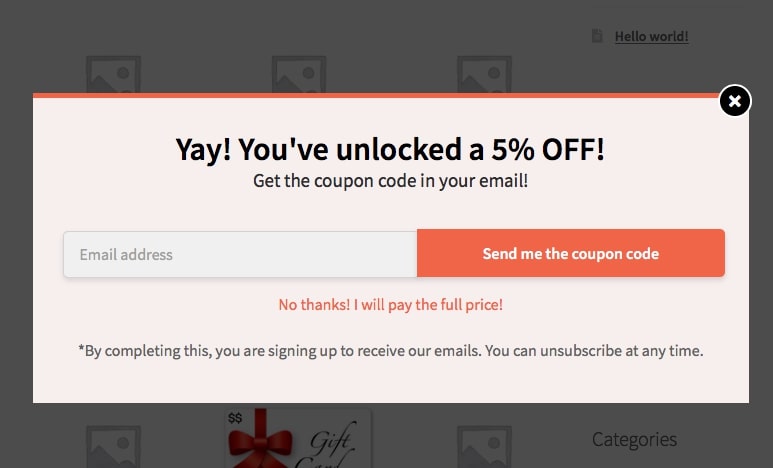What is Behavioral Targeting? Types, Pros and Cons
Traditional advertising is undoubtedly effective while it reaches every audience. However, it sometimes wastes your time since the content you prepare carefully cannot come to the right customer. Potential customers do not receive information about the products they want to buy.
Nowadays, random acts of marketing and advertising seem not to be suitable anymore, especially when it comes to websites. If you continue this type of marketing, you will get no effectiveness and waste lots of valuable resources.
Therefore, many publishers and advertisers decide to make use of behavioral data for both advertising and personalization. In this post, we will cover all things you need to know about behavioral targeting ranging from how it works, how to apply it to your eCommerce business, to the pros and cons of it.
Let’s dive in!
What is behavioral targeting?

Behavioral targeting (online behavioral targeting) is a method used in online marketing, advertising, and publishing. Thanks to this technique, advertisers and publishers can create and display relevant ads, offers, and marketing messages to their customers. They will rely on their web-browsing behavior to generate suitable campaigns that help increase sales.
The web-browsing behaviors or customers can be identified by looking at the following factors:
- The pages viewed by customers
- The amount of time customers spend on a website
- The terms customers have just searched
- The ads, content, or buttons that customers clicked
- The last date of the website visit
- Detailed information about how customers visit and interact with the website.
These sources of online browsing and shopping behaviors will help businesses create marketing campaigns that meet the habits and interests of potential customers.
Behavioral targeting is a kind of targeting customers based on their behaviors across multiple websites.
For instance, if a customer browses Shopify for a violin to consider its prices. Shopify, together with its advertising network, will work to display more relevant ads and offers related to violin on other websites so that customers are more likely to make a purchase.
Why is behavioral targeting important?

Behavioral targeting works thanks to web-tracking technology. In the past, when this technology was not popular, online advertisers have to base on contextual targeting to target their customers. This is when they depend on the keywords and related topics to generate suitable marketing and advertising campaigns. Nowadays, behavioral targeting seems to be much more effective due to its functionalities of tailored advertising and retargeting.
Tailored advertising
It is more relevant and suitable to display advertising to a customer based on their behaviors across other websites. In this way, more conversions and deals will be closed.
With the help of behavioral targeting, advertisers and marketers can increase sales for their businesses and bring about a better customer experience.
Retargeting
The mechanism of retargeting is displaying ads many times across many different websites and channels on the Internet. The content of the ads will rely on pages and websites customers have visited or clicked on before. The reason why retargeting is important is that it will take multiple brand exposures before customers decide to buy something.
Types of behavioral targeting
The two main types of behavioral targeting include onsite behavioral targeting and network behavioral targeting. Here are more details about them:

Onsite behavioral targeting
As the name has revealed, Onsite behavioral targeting is made in a specific website. This type is normally carried out as a part of website personalization.
Advertisers and marketers will rely on many data sources like behaviors or information about the visitors that are collected on the pages of the same site. Then, they will display ads and offers relevant to them. In this way, businesses, in general, can create a more streamlined and related experience for the customers.
With this type, advertisers and publishers can create related content, recommended products, services, or promotions for the site’s visitors.
After being shown ads meeting the right demands, customers tend to be more engaged with that site. That means they will stop to browse, convert, and make a purchase offered by that business.
Network behavioral targeting
The difference between network behavioral targeting and onsite targeting is that this type will bring about implied options for the users to choose from. Based on demonstrated web behavior including their purchase choices, intent, or interests, advertisers and publishers will then categorize their visitors.
The difference between network behavioral targeting and onsite targeting is that it will bring about implied options for the users to choose from. Based on demonstrated web behavior, including their purchase choices, intent, or interests, advertisers and publishers will categorize their visitors.
One thing that needs to be kept in mind is that such data is not about individual names, email addresses, or telephone numbers but includes device-identifying data like IP and MAC addresses, cookies, or other device-specific IDs.
There will be some algorithms used to separate the data and categorize the users into specific segments. Some key data like a person’s age, gender, and possible purchase decisions will not be asked directly but guessed by such an algorithm. Then, they will display customized ads and offers that are preferred by customers and more likely to be clicked on.
How to apply behavioral marketing for eCommerce business?
Now you have had basic information about the behavioral targeting method. It’s time to dig into How to apply behavioral marketing for eCommerce business.
Step 1: Find out the behaviors you want to target

As you know, when behavioral targeting is used, the actions on the Internet of customers will be gathered to assume their interests, lifecycle stage as well as the place in the buying journey. In this way, marketers can create the most relevant marketing content and personalized ads depending on the individual’s interests.
In order to make use of such data, you need to consider your products and customer personas. Ask yourself the following questions before finding out the kind of data you need:
- What are the behaviors you want to focus on? Frequent browsing or carting certain kinds of products?
- Who are those who have the above behaviors?
- What motivates your customers to buy things from you?
- What are your customers’ passions?
- The places of your customers in the building journey and customer lifecycle?
- What are the kinds of content that are the most suitable for your customers? An offer, a coupon, a reminder, or a product recommendation?
Step 2: Find out the kind of data your business needs
After knowing the behaviors you want to focus on, you need to find out the kind of data your company needs to build up suitable content.
Each company with different purposes and products will need different data sources. Here are some common data you can refer to:
- Products or services your customers add into their shopping cart
- Products or services your customers buy
- Pages or websites your customers visit and browse
- Shopping categories your customers look for
- Marketing content your customers are attracted to
- How often your customers visit these sites
There are multiple data sources you need to collect to create a related advertisement. You cannot make it manually since it takes you much time and effort. Therefore, you will need to approach some systems helping you collect and coordinates data from customers. They can be eCommerce websites, mobile apps, or ESP.
Step 3: Capture the email address of your customers

Then, you will need to get to know your customers by getting their email addresses. Only when you have their email addresses in hand can you make the behavioral targeting method happen.
In order to get their emails, take advantage of every opportunity when customers reach you. For example, when a new audience visits your online site, show them a data capture such as a registration form in response to their viewing two product pages. Now you can personalize the content to which they may be attracted.
Step 4: Give the right content to the right customers
Having the right data is not enough. You need to use these data to put your customers into groups based on their demands, interests, and lifecycle stage.
When segmenting your customers, you can send the right content to the right customers. They can include bulk emails, refine triggered email campaigns, personalized website content, or social media posts.
If you are a newbie to the behavioral targeting method, you can refer to the following ways to make use of these segments. They are some common and basic ways to implement behavioral segmentation.
Experiment with product segmentation
You can use these data to list out who are your customers that desire certain products, services, categories, or brands.
For example, your female clothes store has many loyal customers. You can build a list of them and send brand-specific newsletters and shopping recovery emails to them so that they can get a reminder for items that fit their clothes.
Segment via customers’ lifecycle stage
You can rely on the place of your customers within the lifecycle stage to display suitable types of content. Consider finding out where they are. Are they a new visitor, a new customer, regular visitor, frequent customer, or lapsed shopper?
By identifying their place in the lifecycle stage, you will have the best decision in using content, ads, or offers. When it comes to a frequent visitor, he or she has not decided to buy your products so you can offer a coupon for them. However, you cannot use the same type for every customer. In terms of frequent shoppers, a coupon or discount code will reduce the value of the item they want to buy.
Segment by engagement
Segmenting by engagement means displaying the marketing content to match each shopper’s level of engagement.
In order to do so, you need to make use of multiple emailing cadences. Make use of browse abandonment series together with more frequent bulk emails to convince customers to make a purchase in case they are engaged but have not decided to buy.
Instead, in terms of occasional visitors, you should use a quick flow of bulk emails.
Clarify your triggered email campaign
Segmentation is effective in fine-tuning your real-time marketing strategy.
For example, if you plan to send a browse abandonment program to still want to increase the closed deal number in the Christmas holiday, you can continue sending such emails to regular customers. When it comes to those browsing more to find holiday deals, send them a new festive program.
Combine segmentation with personalized content
If you want your content to be not only relevant but also compelling, remember to combine segmentation with real-time personalization.
For those who do not know, dynamic content is effective in adjusting content to match each customer,
For instance, you can rely on engagement and use segmentation to vary the time to send bulk emails. Next, you can look at the browsing history of each shopper to include the right product reminders or suggestions in those emails.
Continue analyzing after displaying

Behavioral targeting is not all about sending emails or displaying ads and waiting for the increase in sales. You need to test and monitor your customer again and again. It is because some of your audiences are receptive to all your content or due to other reasons.
You should send or show generic content to your customers to see how it happens. What’s more, you should regularly monitor them to see whether their performances meet your expectations. If they don’t, it’s time for your team to adjust the composition of the group or marketing strategies.
Step 5: Picking up the right technology
You cannot put behavioral targeting to real life if your data still stays in the inaccessible storehouse.
However, there are still ways to help you directly connect up your data storehouse. You need to choose the right technology which will gather behavioral targeting data in real-time. The right technology will automatically use these kinds of information to segment customers and display relevant ads or offers on sites and email so that potential audiences can view them.
Pros and Cons of behavioral targeting
Pros of behavioral targeting
You have known that behavioral targeting is a method focusing on data. Nonetheless, there are no abstract number systems that can bring out more real benefits than behavioral targeting can.
In fact, behavioral targeting technique will not only give advantages to advertisers or publishers but also benefits customers
Here are some pros of behavioral targeting that advertisers can benefit:
-
Improving the user engagement: User engagement will be increased when publishers can display marketing material that is relevant to their users. In less than one minute, customers can come to the online storefronts and get intel of the company right after they click on the displayed ads. On the other hand, if advertisers cannot create ads that are interesting and reliable, customers are not likely to engage with such business. Therefore, behavioral targeting can increase the opportunities while consumers access the website of the company. After that, businesses can not display more content and offers from other areas of the site.
-
Increase the number of Ad Click-Throughs: As a consumer, what will you do if you see a generic banner ad without any relevant appeal and content? I’m sure that such content will easily go out of your mind. Meanwhile, behavioral targeting brings about personalized ads that quickly attract viewers since they capture their demands and likes. After seeing the products that customers want to own, they tend to search for more data of them in order to check out the brand information as well as product details.
-
Increase the conversion rates: As a result of showing ads reaching a behavioral target market to consumers, there are more chances when they will start requesting more information to close the deal. Then, behavioral targeting increases the conversion rates, sales, number of repeat customers, and total profits.
Besides, the audience also benefits from behavioral targeting

-
Higher user satisfaction: Ads appearing always make us frustrating. The reason is that such ads are not relevant and engaging. Let’s imagine when being shown all personalized ads, will you be more satisfied. In fact, no matter whether customers click on the ads or not, marketing content based on behavioral targeting techniques will surely bring about a more exciting ad experience and enjoyable browsing experience for customers.
-
Efficiency and easy steps in the online shopping process: When businesses apply a behavioral targeting method, the products customers want will be prominent in their web browser. They will save much time since they will automatically be redirected to online storefronts to know more about the particular product they want. After that, if they are satisfied with all details of such a product, they just need to add it to their shopping cart and proceed to the checkout stage. The experience is not only quick but also super easy.
-
Being fully reminded about new products: When you see ads for products or services that you want, you will be fully informed and alerted about new releases and items of this brand. What’s more, in case you have not finished all steps of your online purchase, there will be a personalized ad about the brand to help remind and motivate you to go back to complete such a transaction.
Cons of behavioral targeting
The only drawback of the behavioral targeting method lies in the GDPR which is known as the General Data Protection Regulation. Once the General Data Protection Regulation is conducted, businesses that make use of this targeting technique will have to stop depending on behavioral data and start finding out their new targeting methods. Strict regulations of GDPR will be a burden related to storing cookies in a customer’s browser for advertisers and publishers.
So how can online marketers and advertisers display the relevant marketing content to the right customers? They will have to depend on another method which we have mentioned earlier in this post which is Contextual advertising.
When it comes to contextual targeting, marketers don’t have to care about GDPR since this technique perfectly matches the rules. Contextual targeting limits the dependence of businesses on personal information to release related ads.
As long as businesses do not gather or make use of personal data, they will avoid the GDPR. Therefore, many companies choose contextual targeting methods.
It is easy to expect the development of this method in the future. However, keep in mind that the GDPR is in effect in Europe as well as residents and citizens within the EU. At the same time, behavioral targeting is acceptable in other regions of the world. What’s more, behavioral targeting is still an effective technique and is used by many giants in the world like Facebook or Google.
Conclusion
Now you have known that behavioral targeting is a method using web user data to increase the quality of advertising campaigns.
Hopefully, our post has given you valuable knowledge about this technique as well as an in-depth guide to using it effectively. If you have any questions related to the topic, do not hesitate to leave a comment in the section below. Share this article with your friends and visit us for more if you find it interesting.
Thank you!
New Posts






